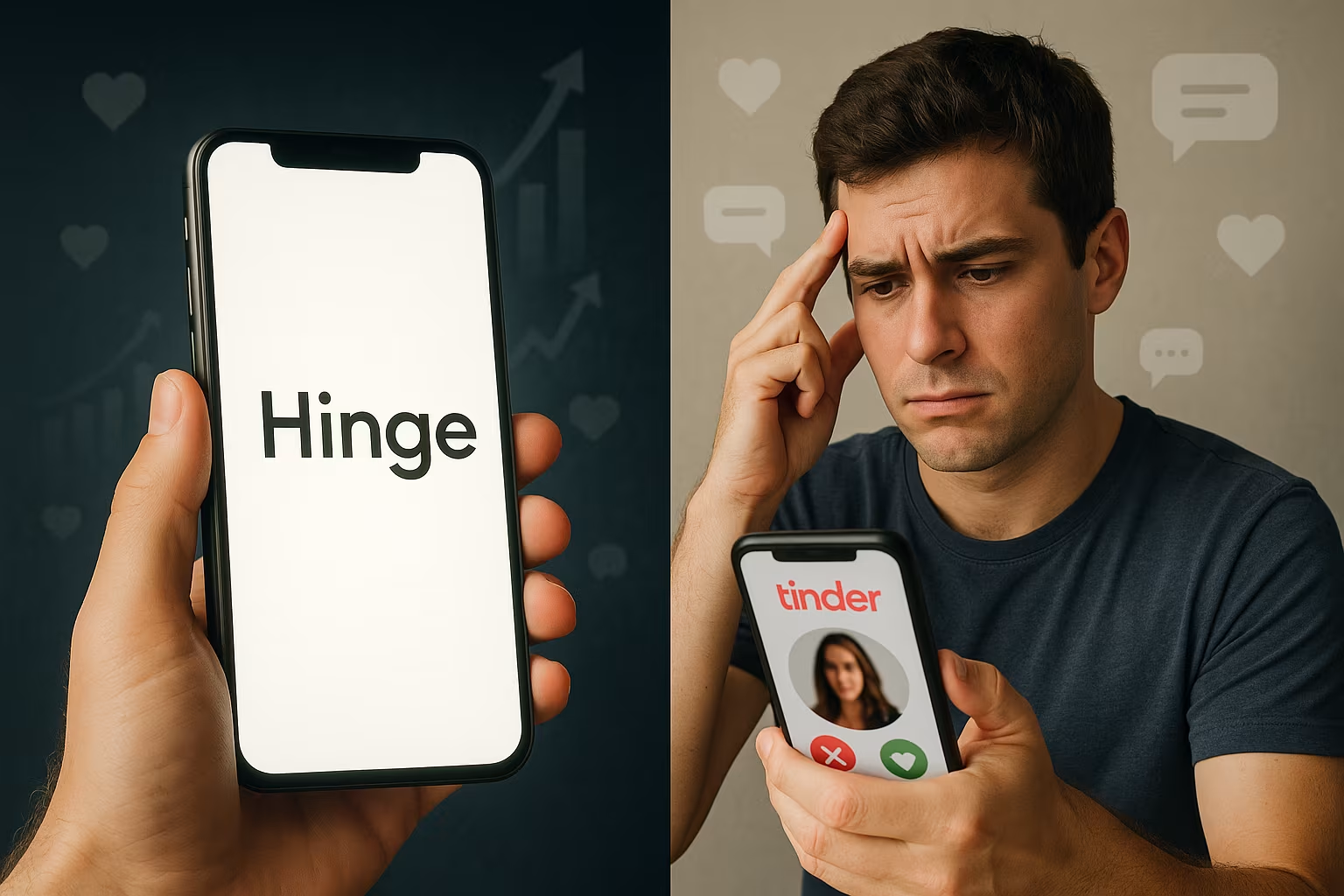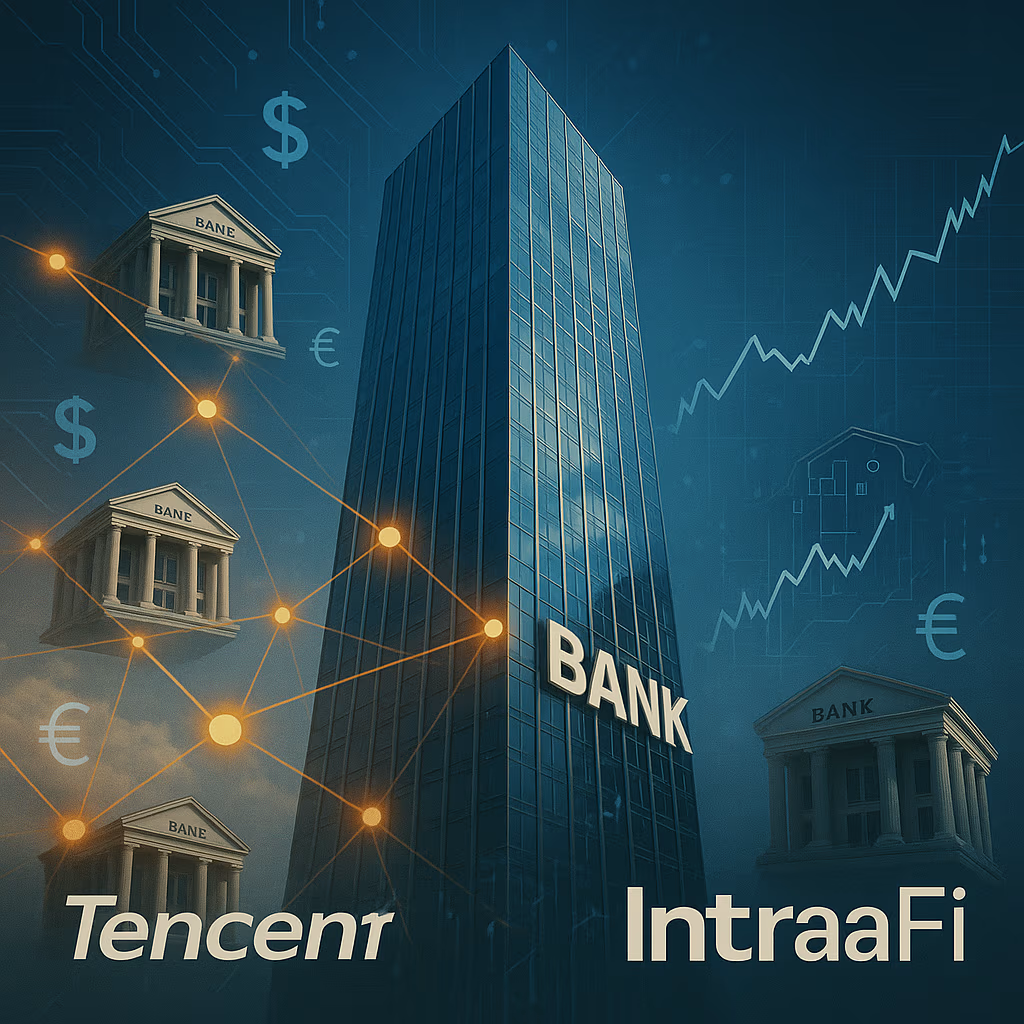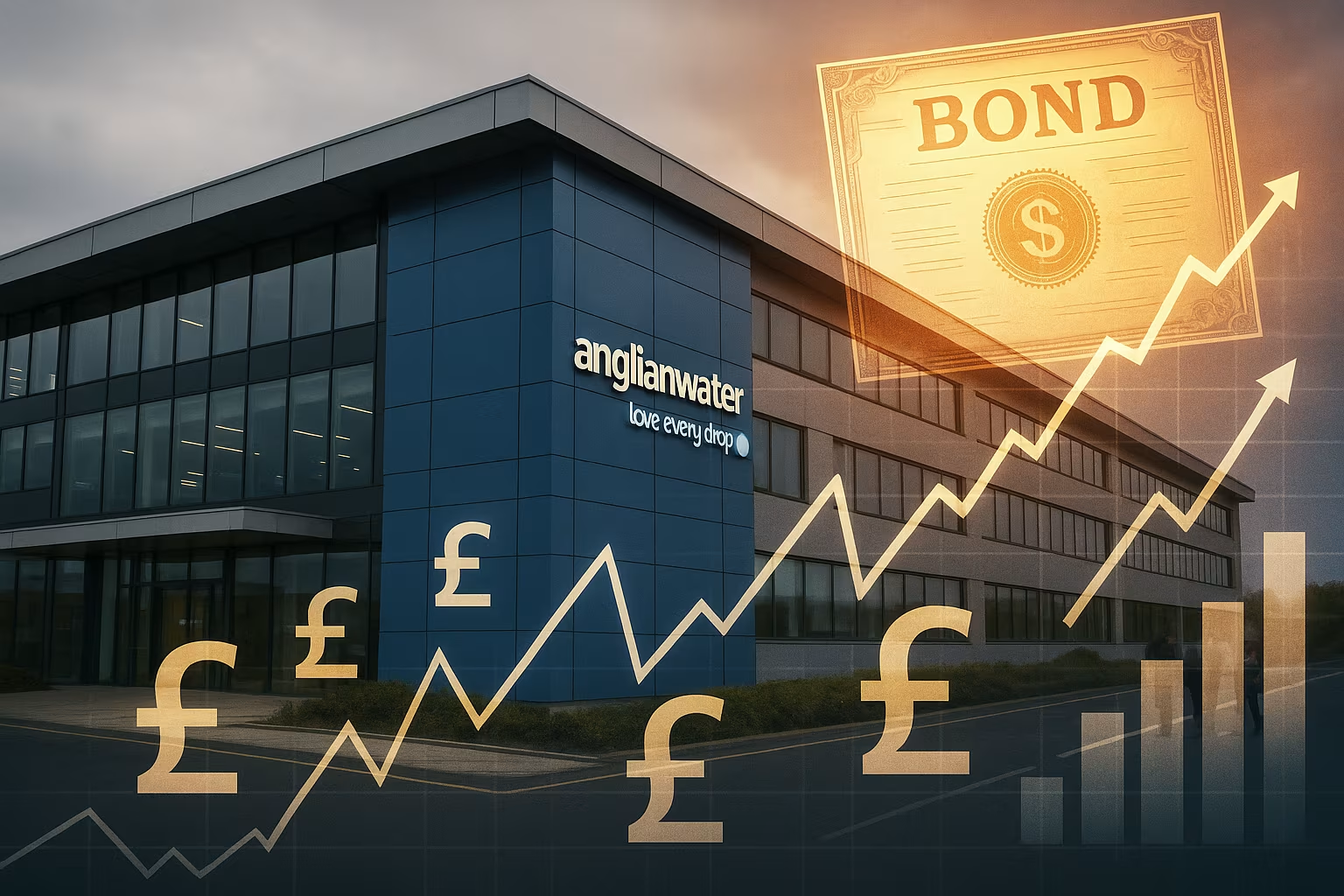In an industry facing waning enthusiasm and tough competition, one dating app is quietly but powerfully rewriting the narrative. While much of the online dating space is grappling with slowing growth and user fatigue, Hinge, a relationship-focused platform owned by Match Group, is bucking the trend and thriving. The app’s recent performance has not only caught the attention of investors and analysts but has also sparked strategic changes within its parent company—particularly regarding Tinder, the group’s flagship product.
A Bright Spot in a Sluggish Industry
The online dating industry, once considered a lucrative digital goldmine, is seeing signs of user disillusionment and stagnation. Many apps struggle to retain active users, and some platforms are suffering from a perception of shallow interactions or algorithm fatigue. However, Hinge appears to be the exception.
In Match Group’s most recent earnings call, the company’s CEO emphasized that Hinge is “crushing it,” citing impressive year-over-year revenue growth and user engagement metrics that outpace the broader sector. Hinge’s revenue surged by 25% in Q2 compared to the same period last year, totaling $168 million. Even more notable is the growth in paying subscribers, which rose by 18% to reach 1.7 million, with revenue per user climbing 6% to nearly $32.
In a market that’s increasingly saturated and skeptical, these numbers represent a major win—not just for Hinge, but for the future of dating platforms that prioritize real connection over mindless swiping.
Why Hinge Is Winning
So, what exactly is Hinge doing right? At its core, Hinge brands itself as an app “designed to be deleted.” This slogan underscores its mission to facilitate meaningful, long-term relationships rather than quick flings or endless chatting. The app uses detailed profile prompts and conversation starters that encourage users to share more about their values, goals, and interests. The result is a user base that is more intentional—and arguably more serious—about dating.
Furthermore, Hinge has invested heavily in product innovation and user experience design. Features like voice prompts, video recordings, and detailed profile sections allow for more nuanced expressions of personality. Hinge’s algorithm is also more focused on behavioral learning, surfacing potential matches based on both preferences and interaction patterns, not just static swipes.
It’s a sharp contrast to the simplicity—and some would say superficiality—of Tinder, which dominated the dating app scene in the 2010s with its addictive swipe-based interface but is now facing headwinds in retaining younger users.
Match Group’s Strategy Shift
Hinge’s success has not gone unnoticed at Match Group headquarters. The app’s rapid growth and sticky engagement are prompting executives to rethink their approach to Tinder, which remains the largest and most recognized brand in their portfolio. Match CEO Spencer Rascoff stated in the call that they are closely studying Hinge’s playbook as a model for reviving Tinder’s growth.
“We’re applying Hinge’s formula to our Tinder turnaround,” Rascoff said. This includes prioritizing authentic user experiences, refining the matching algorithm, and introducing features that boost genuine connections rather than just superficial engagement.
Part of the plan involves more localized experimentation and targeted marketing, recognizing that dating behaviors can vary significantly across different age groups and regions. Tinder is expected to roll out new discovery features, more customizable profiles, and possibly even a version of Hinge’s famed prompt system—all with the goal of increasing user satisfaction and lifetime value.
The Financial Angle
Investors are watching this transition with keen interest. Match Group’s stock performance has been closely tied to the health of Tinder, which generates the bulk of the company’s revenue. However, as Tinder growth tapers off, Hinge’s rise is providing a much-needed second engine.
The company’s CFO, Steven Bailey, noted that while Tinder’s revenue showed only modest gains, Hinge’s robust momentum has helped stabilize the overall portfolio. This diversification is key as Match Group faces competition not just from other dating apps like Bumble or Grindr, but also from non-traditional platforms such as Instagram and TikTok, where many young adults now meet potential partners.
Match Group’s long-term success may well depend on how effectively it leverages Hinge’s momentum to reinvigorate its core assets.
What It Means for Users
Beyond the business implications, Hinge’s success offers a broader message about the future of online dating. Users are signaling a clear desire for platforms that value quality over quantity, depth over breadth, and genuine compatibility over casual scrolling.
This shift could mark the beginning of a new era for dating apps—one where user trust, intentional design, and emotional intelligence play a more significant role than sheer volume or gamification.
Apps that can adapt to these expectations will likely continue to thrive. Those that cling to outdated paradigms may find themselves left behind.
What Comes Next?
Match Group has already stated its intention to invest even more into Hinge in the coming quarters, potentially expanding its reach globally and enhancing its premium offerings. Meanwhile, Tinder is entering what some analysts see as a “make-or-break” phase. The success of Hinge will almost certainly serve as both a template and a benchmark for its revival.
If Tinder can effectively absorb and adapt the core principles behind Hinge’s meteoric rise—authenticity, innovation, and meaningful connection—it could stage a strong comeback. If not, Hinge might slowly eclipse it as the crown jewel of Match Group’s dating empire.
One thing is clear: In a time when much of the online dating world feels like it’s in a rut, Hinge is not just surviving—it’s thriving.





